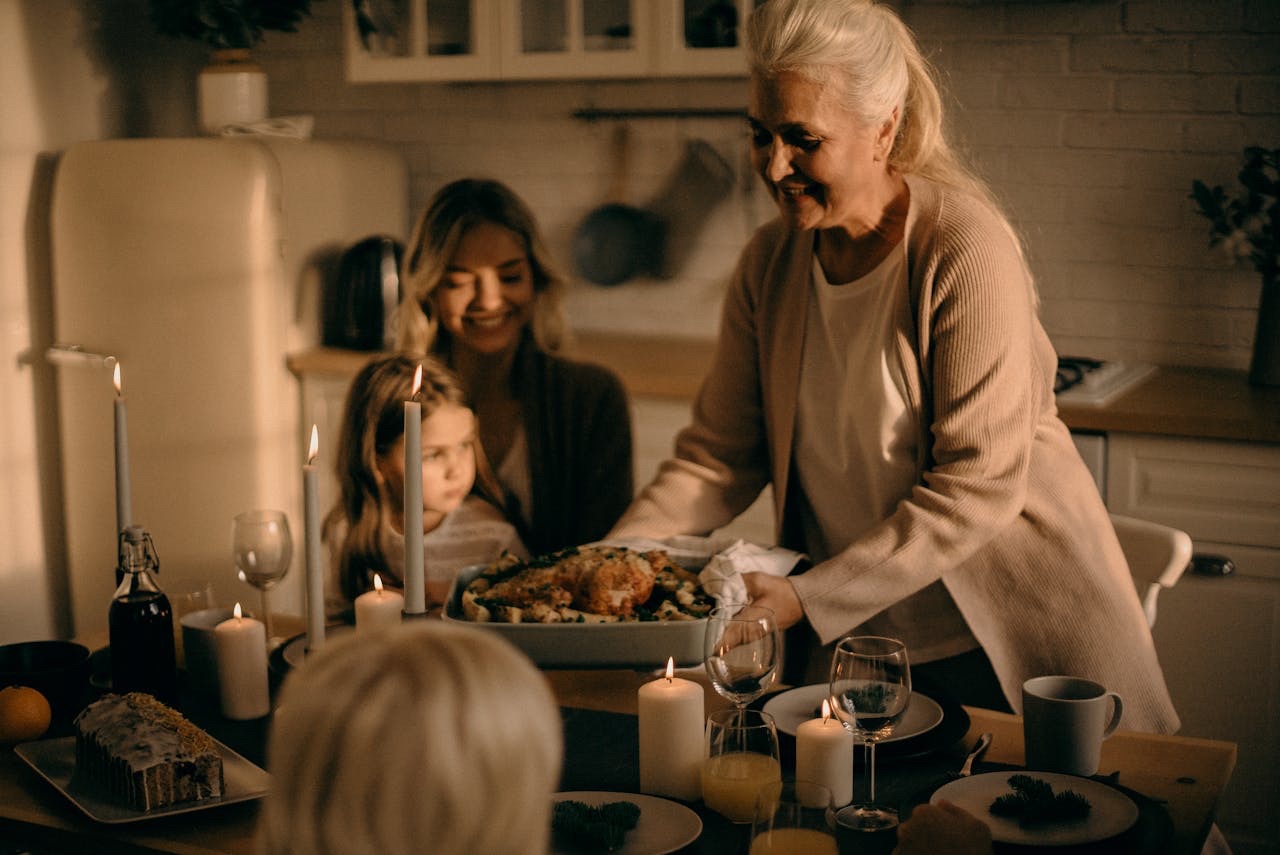In a surprising twist of the digital age, some of the oldest flavors are finding new life through the latest technologies. Across kitchens and codebases worldwide, family recipes—those passed down on worn paper and whispered in steamy kitchens—are being revived and reimagined using artificial intelligence. This fusion of generational tradition and cutting-edge tech isn’t just a novelty. It speaks to something deeper: our longing to preserve memory while evolving our tastes.
As younger generations confront dietary shifts, global food access, and a growing interest in personalization, they’re not tossing out grandma’s strudel. They’re feeding it into AI systems to see what happens next. The result? Vegan schnitzels, gluten-free dumplings, and keto pierogi—all with roots in heritage but a twist from tomorrow. This movement, dubbed “nostalgic futurism,” reflects a broader tension in food culture: can tradition survive transformation? And if so, what new meanings does it take on?
Trend Snapshot / Factbox
| Aspect | Details |
|---|---|
| Trend name | Nostalgic Futurism |
| Core concept | Reviving and adapting family recipes with AI tools |
| Key ingredients/tools | AI language models, ingredient databases, personalization algorithms |
| Current distribution | Global, especially in tech-savvy culinary communities |
| Notable examples | AI-adapted heirloom dishes, custom recipe apps, digital family cookbooks |
| Popular hashtags | #AIcooking #GrandmasRecipes #DigitalTraditions |
| Target demographics | Millennials, Gen Z, food hackers, cultural preservationists |
| Wow factor | Tradition meets tech: emotional food upgraded for modern life |
| Trend phase | Emerging |
From Family Heirlooms to Predictive Palates
For many families, recipes are more than instructions—they’re memories. But in the hands of AI, they become data points, ready for reinterpretation. This doesn’t mean stripping them of meaning; instead, AI allows these dishes to live again in new contexts. An AI model can interpret a handwritten recipe, recognize vague instructions like “a pinch of salt” or “until it smells right,” and offer structured versions suitable for sharing or dietary adaptation.
The shift isn’t just practical. It allows diaspora communities to reconnect with ancestral dishes, even if the original context is gone. For those who never learned to cook from their grandparents, AI becomes a proxy teacher, preserving technique through pattern recognition. What’s new is not the desire to hold onto family food—that has always existed—but the tools we now use to do it.
One striking example comes from a developer who turned his grandmother Rosa’s recipes into an AI-powered chef. In a detailed blog post, he describes how he digitized her notes and trained a model to replicate and adapt them, preserving a deeply personal culinary legacy through code. The project became a bridge between memory and modernity, offering both family members and strangers a chance to taste tradition reimagined. (Read the full story here)
The Recipe Remix: AI as Culinary Hacker
Once digitized, traditional recipes are ripe for experimentation. AI can scan for allergen risks, substitute rare ingredients, or adapt methods for modern appliances. Strudel without gluten? Goulash with lentils instead of beef? These variations are no longer kitchen improvisations but calculated suggestions based on flavor mapping and nutritional databases.
This customization reflects a generational shift. Younger eaters aren’t rejecting grandma’s cooking—they’re rebalancing it with today’s values: health, inclusivity, sustainability. The beauty of AI is that it can maintain the core of a dish’s identity while opening doors to new audiences. A single heritage dish can now exist in dozens of personalized versions, tailored not only to taste but to ethics and lifestyle.
What We Gain (and Lose) in Translation
Digitizing a recipe preserves the “what,” but risks dulling the “how” and the “why.” When a grandmother seasons “until it smells like home,” an AI model must translate that into grams and minutes. That sensory shortcut may be lost, unless future tech can incorporate smell, texture, or emotional feedback.
There’s also a subtle cultural shift. AI may increase access, but it can unintentionally flatten nuance. The risk isn’t just inaccuracy, but emotional detachment. A perfectly adapted vegan borscht might taste wonderful, yet lack the warmth of the original if divorced from its story. Preserving the narrative context—who cooked it, when, and why—will be just as important as maintaining the ingredients list.
The Grandparent Gap: Embracing or Resisting AI
Not all elders are thrilled to see their culinary secrets parsed by a machine. For some, it’s a betrayal; for others, a source of pride. The responses are deeply personal. One family might celebrate the digital rebirth of their matriarch’s recipes, while another recoils at the idea of algorithmically generated pierogi.
This divergence often mirrors broader generational divides about tech. But there’s also the matter of ownership. Who gets to edit or commercialize a family recipe once it enters the digital realm? These questions, currently unresolved, hint at coming tensions around food heritage and intellectual property.
The Future of Flavor: Where Do We Go from Here?
Looking forward, the fusion of AI and food tradition could reshape how we archive and evolve culture. Imagine AI-generated family cookbooks that include not only adapted recipes, but mood-paired playlists, historical context, or smart kitchen integration. A dish could become a dynamic experience, updated in real-time based on what’s in your fridge or how spicy you’re feeling.
Yet for all its promise, this future will require care. Tech alone cannot preserve culture—people must choose what to remember, and what to reinvent. In this way, AI becomes a collaborator, not a curator. And maybe that’s the best outcome: a tool that helps us keep grandma’s spirit in the kitchen, even if we now measure it in code.
If you’re curious about how Gen Z and Millennials discover new products via viral food trends, check out our article: Food Trends Go Viral: How Gen Z and Millennials Discover New Products.
https://medium.com/@coders.stop/i-turned-my-grandmothers-recipes-into-an-ai-chef-preserving-family-legacy-with-code-3f9a931aa5e8
Interner link: https://wildbiteclub.com/food-trends-go-viral-how-gen-z-and-millennials-discover-new-products/

